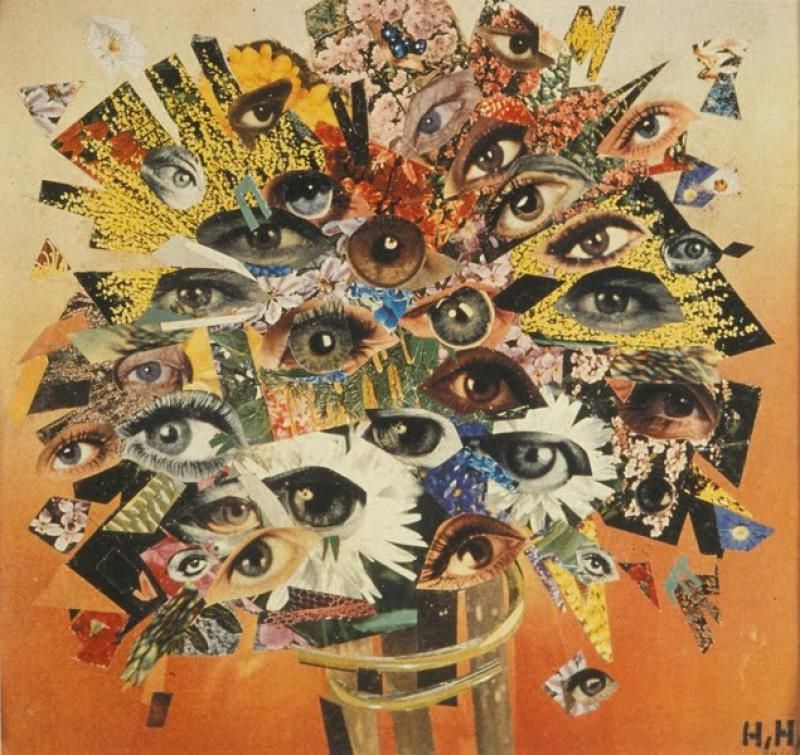A Photo-Montage is a collage constructed from photographs.
In history photo-montage has often been used as a means of expressing a political agenda and used as propaganda. It was first used as a technique by the dadaists in 1915 in their protests against WW1. It was later adopted by the surrealists who exploited the possibilities photo-montage offered.
In 1923 the Russian constructivist Aleksander Rodchenko began experimenting with photo-montage as a way of creating striking socially engage imagery.
Other key components of the medium are John Heartfield, the German artist who reconstructed images from the media to protest against Germany’s Fascist regime and Peter Kennard, whose photo-montages explored issues such as economic inequality, police brutality and the nuclear arms race between the 1970’s and the 1990’s.


Pop Art developments (USA and UK 1950s-)
Photo-montage was also used by various pop-artists in the mid 20th century. Pop Art was a reaction to abstract expressionism and was similar to Dada in some ways.
Abstract expressionism is the term applied to new forms of abstract art developed by American painters such as Jackson Pollock, Mark Rothko and Willem de Kooning in the 1940s and 1950s.
Many Pop Art images and constructions tackled popular consumerism, advertising, branding and marketing techniques. Pop art also explored political concerns such as gender roles and war.


